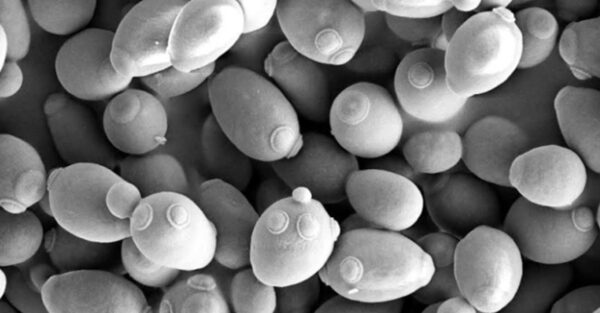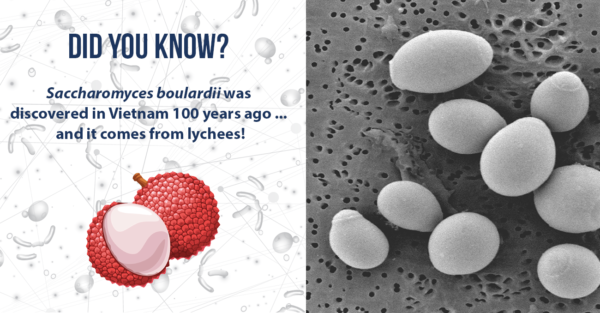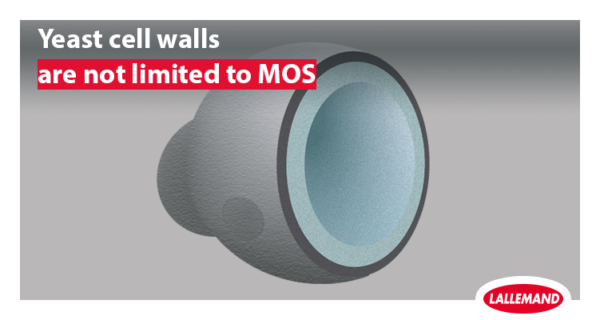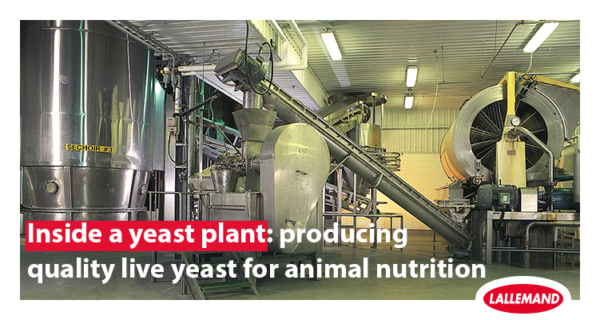Blog | Reading Time 2 minutes
What makes YANG a unique yeast product for animal nutrition?
The power of yeast cell wall
Do you know that there are about 500 different species of yeasts? Saccharomyces cerevisiae is only one of them but by far the most used in food and feed. One of the remarkable elements of S.cerevisiae yeast is the composition and structure of its cell wall. β-glucans and mannans oligo-saccharides (MOS) are the major components of the yeast cell wall. Their ratio and structures change with the yeast strain and growth stage are dependent upon growing conditions, including oxygen and nutrient availability, as well as temperature and pH of the growth medium.
Molecules of the yeast cell wall are able to interact directly with immune cells, eliciting a local and systemic immune response. They are also able to interact with bacteria to prevent attachment and colonization within the animals’ gastrointestinal tract.
Thus, thanks to their cell wall, selected yeast strains can have a beneficial impact on digestive microflora balance and immunity.
Yet, all yeasts are not the same! Different forms, fractions, and strains of yeasts have different modes of action, applications, and levels of efficacy. While live yeast cells are used as probiotics, inactivated yeast have specific effects on undesirable bacteria and immunity, depending on their yeast strain and production process.
A unique yeast derivative solution
A few years ago, thanks to an ambitious R&D program on yeast characterization, Lallemand Animal Nutrition presented the feed market with a new generation of yeast derivatives: YANG.
Since its development, efficacy trials in different animal species, from livestock to pets, and mechanistic research have been conducted. The synergy of yeast fractions combined in YANG and its mode of action have been documented in vitro and in vivo. These researches allowed to confirm the benefits of using YANG under different scenarios, in particular under challenging farming conditions. Positive results were obtained in various animal species: piglets, broilers, ruminants, as well as in aquaculture. YANG’s benefits have been also proven in pets.
Want to know more about yeast derivatives, how YANG was developed, its modes of action on the host microbiota and on the immune system, and detailed results in various animal species?
Visit our dedicated page to view the video and download our technical paper “How cutting edge strain selection took yeast derivatives to the next level”
Published Jan 29, 2020 | Updated May 29, 2023




